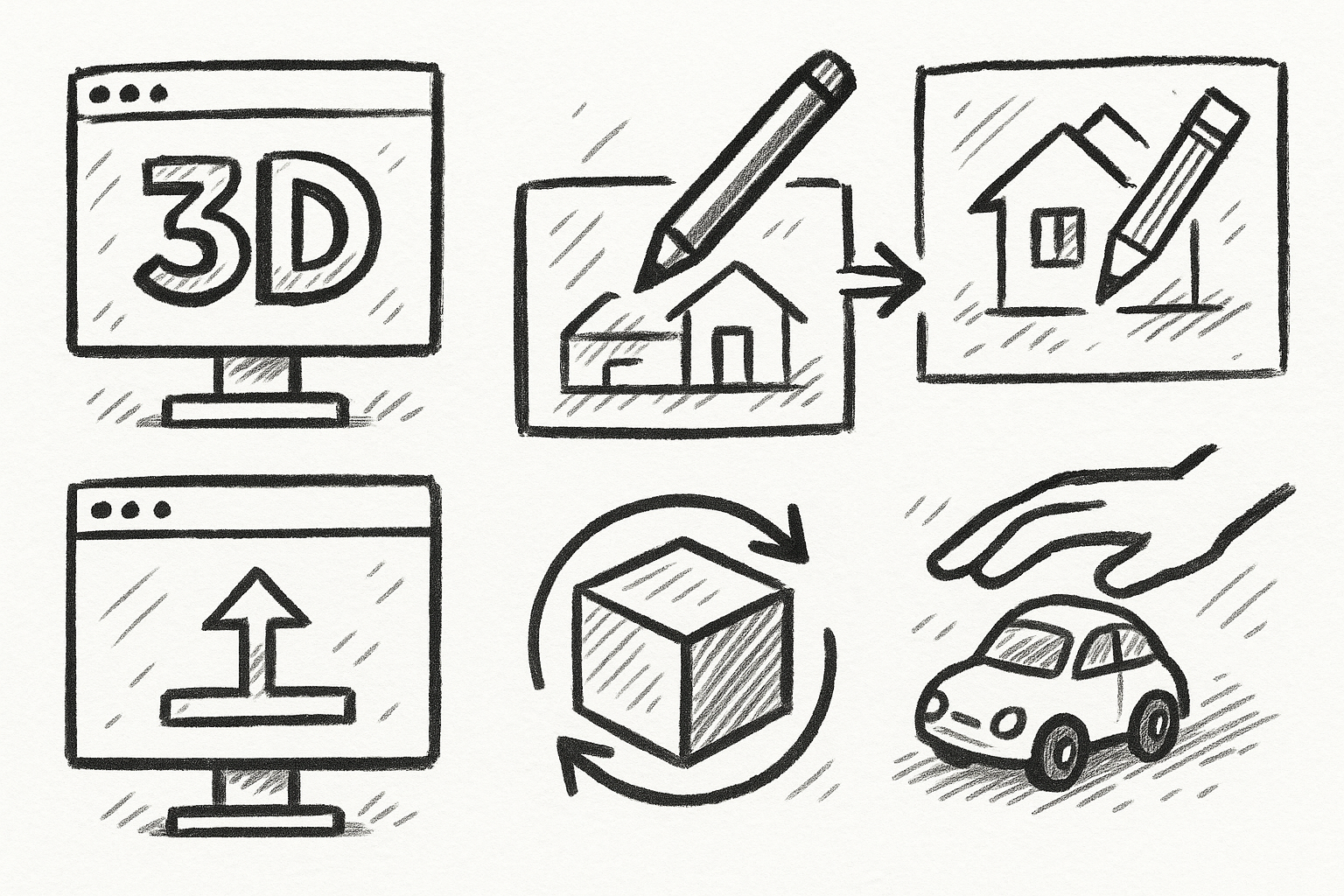Your Cart is Empty
Customer Testimonials
-
"Great customer service. The folks at Novedge were super helpful in navigating a somewhat complicated order including software upgrades and serial numbers in various stages of inactivity. They were friendly and helpful throughout the process.."
Ruben Ruckmark
"Quick & very helpful. We have been using Novedge for years and are very happy with their quick service when we need to make a purchase and excellent support resolving any issues."
Will Woodson
"Scott is the best. He reminds me about subscriptions dates, guides me in the correct direction for updates. He always responds promptly to me. He is literally the reason I continue to work with Novedge and will do so in the future."
Edward Mchugh
"Calvin Lok is “the man”. After my purchase of Sketchup 2021, he called me and provided step-by-step instructions to ease me through difficulties I was having with the setup of my new software."
Mike Borzage
Revit Tip: Optimizing Revit Structural Rebar Tools: Best Practices for Enhanced Efficiency
August 18, 2025 2 min read

Maximize your efficiency with Revit's Structural Rebar Tools by leveraging these best practices:
- Understand Rebar Types and Systems: Familiarize yourself with the different types of rebar available in Revit, such as straight, bent, and custom shapes. Utilize the built-in systems to streamline your detailing process.
- Use Rebar Sets for Efficiency: Create rebar sets to manage multiple rebar elements simultaneously. This is especially useful for repetitive tasks and ensures consistency across your project.
- Leverage the Rebar Editor: Utilize the Rebar Editor to customize rebar shapes and create detailed rebar layouts. The editor allows for precise adjustments, ensuring your rebar placement meets project specifications.
- Implement Rebar Constraints: Apply constraints to rebar elements to maintain their position relative to other structural components. This helps in maintaining design integrity during model changes.
- Utilize Rebar Hooks and Bends: Add hooks and bends to rebar for enhanced structural performance. Revit provides tools to easily apply these features without compromising the workflow.
- Integrate with Schedules: Generate detailed rebar schedules to keep track of quantities and placements. Integrating schedules ensures accurate documentation and facilitates project management.
- Collaborate with Teams: Use Revit’s worksharing capabilities to collaborate effectively with structural engineers and other team members. This ensures that rebar designs are cohesive and conflict-free.
- Reference NOVEDGE for Advanced Techniques: For more in-depth tutorials and advanced techniques on using Structural Rebar Tools, visit NOVEDGE. Their comprehensive resources can help you stay updated with the latest best practices and enhance your Revit skills.
- Stay Updated with Revit Updates: Regularly update your Revit software to take advantage of the latest features and improvements in the Structural Rebar Tools. Staying current ensures you’re utilizing all available functionalities.
- Utilize Templates for Consistency: Create and use templates that include predefined rebar settings and styles. This promotes consistency across projects and reduces the time spent on setup.
- Train Continuously: Invest time in continuous learning through webinars, tutorials, and courses. Platforms like NOVEDGE offer valuable training materials that can help you master Structural Rebar Tools in Revit.
By implementing these tips, you can enhance your proficiency with Revit's Structural Rebar Tools, leading to more efficient workflow and higher quality structural designs. For additional resources and expert advice, explore the extensive library available at NOVEDGE.
You can find all the Revit products on the NOVEDGE web site at this page.
Also in Design News

5 FormZ Tools Revolutionizing Your Workflow: From Sketch to Prototype with Ease
August 23, 2025 5 min read
Read More
Revolutionizing Design Software: Machine Learning in Material Property Prediction
August 23, 2025 7 min read
Read More
Cinema 4D Tip: Enhancing Workflow with Procedural Textures in Cinema 4D
August 23, 2025 2 min read
Read MoreSubscribe
Sign up to get the latest on sales, new releases and more …


